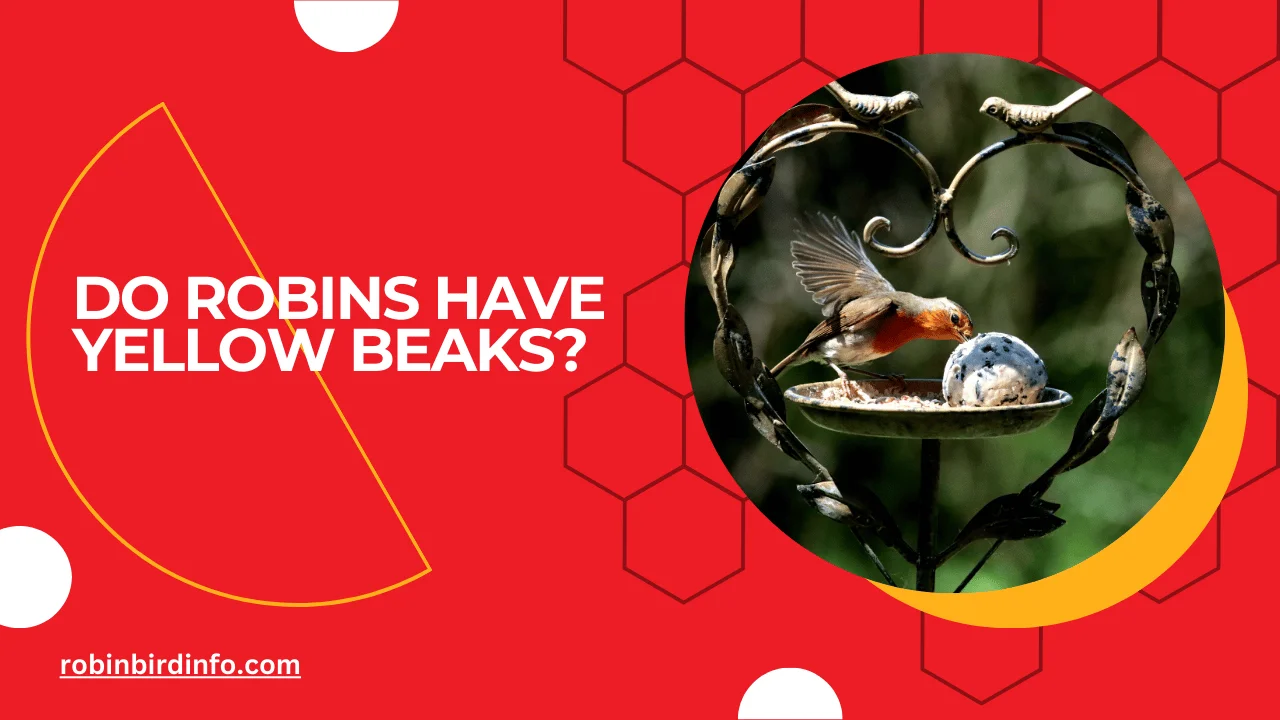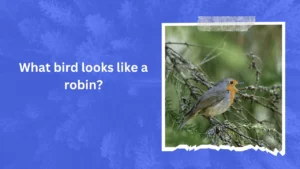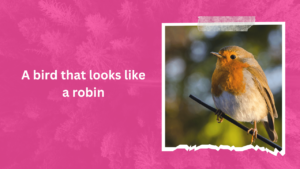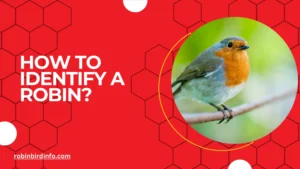When you think of robins, the first image that likely comes to mind is a cheerful bird hopping around your garden, its vibrant orange breast glowing against the greenery.
But how often do we stop to consider the finer details, like the color of their beaks? Have you ever noticed if robins have yellow beaks—or something entirely different? This seemingly simple question opens the door to a fascinating world of bird identification, seasonal changes, and even the role of diet in nature’s palette.
Robins are more than just garden visitors; they’re storytellers of the seasons.
From their melodious morning songs to their bustling nest-building, they embody resilience and adaptability. But when it comes to their physical features, especially their beaks, there’s a surprising lack of awareness.
Are their beaks yellow, black, or a mix of colors? And does this change depending on the time of year or the species?
In this article, we’ll delve into the anatomy and variations of robin beaks, unraveling the science behind their colors and what it tells us about these birds. Along the way, we’ll explore how their beaks compare to other birds, how environment and diet influence their appearance, and why understanding these details can enrich our appreciation for nature.
Get ready to see robins in a whole new light!
Contents
The Anatomy of a Robin’s Beak:
The beak of a Robin plays a crucial role in its survival, as it helps the bird forage for food, build nests, and defend itself. Unlike some bird species, which have brightly colored beaks like yellow or orange, the Robin’s beak is generally yellowish-orange at the base, but it darkens towards the tip to a dark brown or black color. This coloration is important because it aids in camouflage and mimicry when the bird is hunting or hiding from predators. The Robin’s beak is perfectly suited to its diet, primarily consisting of earthworms, insects, and berries. The shape and color of its beak not only reflect its diet but also have evolved to help it thrive in various environments. While you may not see a bright yellow beak, it’s easy to see how the orange-yellow base can give the illusion of yellow in certain lighting conditions.
Why Do Robins Have Yellow-Orange Beaks?
The yellow-orange color at the base of a Robin’s beak serves a practical purpose. This hue is the result of pigments in the bird’s body, which are largely influenced by its diet. Carotenoids, a type of pigment found in many insects and fruits, contribute to the yellow-orange color seen in the Robin’s beak.
These pigments are the same ones that color the Robin’s chest and are responsible for the bird’s vibrant, eye-catching appearance. While some birds, like the Yellow-billed Cuckoo or the American Goldfinch, have fully yellow beaks, Robins have adapted to a mix of orange and yellow based on their environment and feeding habits.
The color may also act as a subtle signal to potential mates, showcasing the bird’s health and vitality. In short, Robins’ beaks are not purely yellow, but the yellow-orange coloration serves both practical and evolutionary purposes.
Common Misconceptions About Robin Beaks:
It’s easy to assume that all birds with brightly colored features must have similar traits. Many people are surprised to learn that Robins do not have fully yellow beaks, a misconception perhaps fueled by their vibrant coloring.
It’s common to mistake the orange base of the beak for pure yellow, especially when viewed in bright sunlight. Similarly, Robins have been incorrectly linked to other species, such as the European Robin, which has a distinctive orange-red breast and may be confused with a similar-looking species that does indeed have a yellowish beak.
Understanding the Robin’s true beak coloration helps clear up these misunderstandings and shows how nature’s diversity often leads to a range of adaptations across bird species.
Seasonal Changes in Robin Beak Coloration:
Interestingly, a Robin’s beak may change slightly in color intensity depending on the season.
During the breeding season, the coloration of the beak may appear brighter or more pronounced, a likely result of increased hormone levels, which influence both the bird’s appearance and behavior.
For example, the beak may show more pronounced yellow or orange hues during this time, making it more noticeable during courtship and mating. However, in winter or colder months, the coloration can become more dull, as food sources change, and the bird may consume fewer carotenoid-rich foods.
These seasonal changes in coloration reflect the Robin’s ability to adapt to its environment and the resources available to it.
The Role of Beak Color in Robin Behavior and Ecology:
Beak color in Robins, although not as vividly yellow as some other birds, plays an important role in their ecology. The Robin’s diet of insects and berries, which contains carotenoids, is directly linked to the vibrant color of its beak.
These nutrients help maintain the bird’s health, boosting its immune system and improving its chances of successful reproduction.
The beak also plays a role in the Robin’s territory defense, where the bright orange color may be a signal to rivals about the bird’s strength and ability to find food.
Additionally, the beak color may influence the Robin’s success during mating season, with females choosing mates based on their physical attributes, including the brightness of the beak.
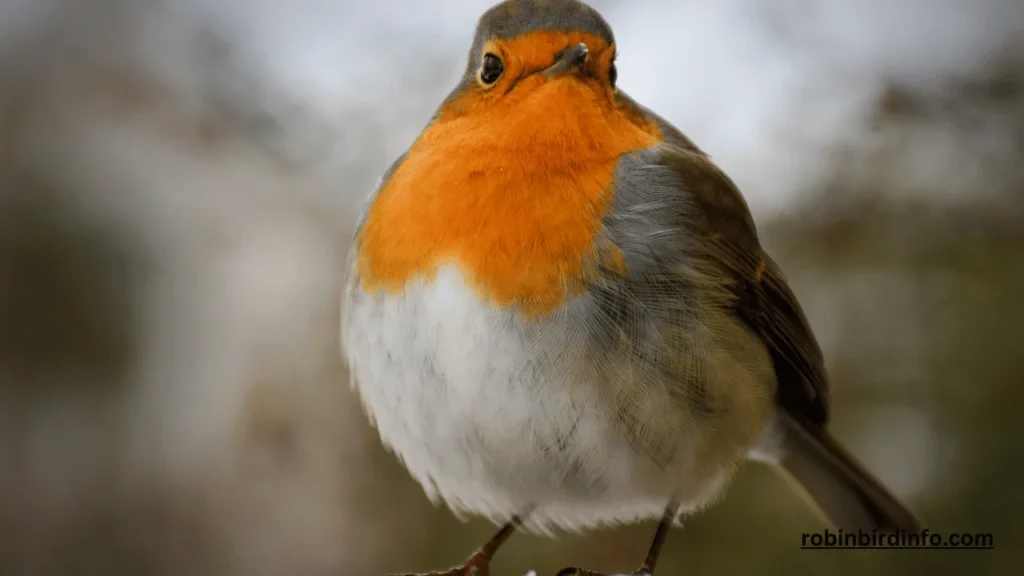
Robin beaks are marvels of evolution, designed to excel in tasks like catching worms, eating fruit, and even defending themselves. Their pointed beaks allow them to dig into the soil for food, a behavior often seen during early mornings when worms are most active.
Culturally, robins have inspired myths and folklore, often symbolizing renewal and hope. Some stories even attribute their orange breast and sharp beak to acts of bravery or sacrifice.
Unfortunately, environmental challenges like pollution and habitat loss can impact robin health, leading to duller beak coloration and declining populations.
Conclusion
Robins are remarkable birds, captivating us with their vibrant plumage, distinct behaviors, and adaptive nature. Beak color, while seemingly minor, serves as a critical window into their health, diet, and even seasonal changes.
We’ve explored the anatomy, variations, and fascinating roles of robin beaks, shedding light on their importance for both the birds and those who admire them.
As we deepen our understanding of robins, let’s remember to appreciate the subtleties of their appearance and behaviors. Preserving their habitats ensures that these symbols of joy and resilience continue to thrive, gracing our gardens and skies with their beauty for generations to come.
FAQ’s
Do all robins have yellow beaks?
Not all robins have yellow beaks. American Robins often develop yellow beaks, while juveniles and some species like the European Robin have darker or horn-colored beaks.
What causes the yellow coloration in robin beaks?
The yellow coloration comes from pigments in their diet, particularly carotenoids found in fruits and insects.
Can beak color change with the seasons?
Yes, some robins exhibit brighter beak colors during the breeding season as a sign of health and vitality.
How can I identify a robin by its beak?
Look for a short, slender beak that may vary in color from yellow to black, depending on the species, age, and season.
Do robins use their beaks for anything besides eating?
Yes, robins use their beaks for digging soil, building nests, and even defending their territory.
Why do juvenile robins have darker beaks?
Juvenile robins often have darker beaks because they haven’t yet developed the pigmentation associated with their diet and maturity.

